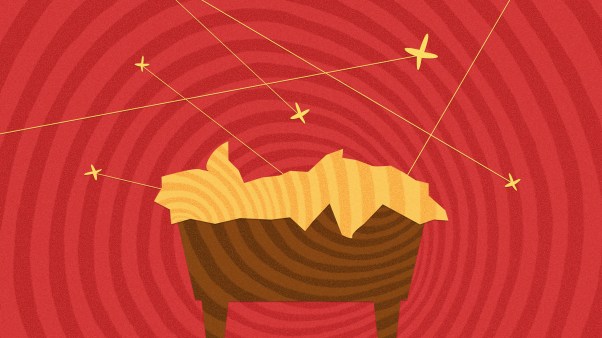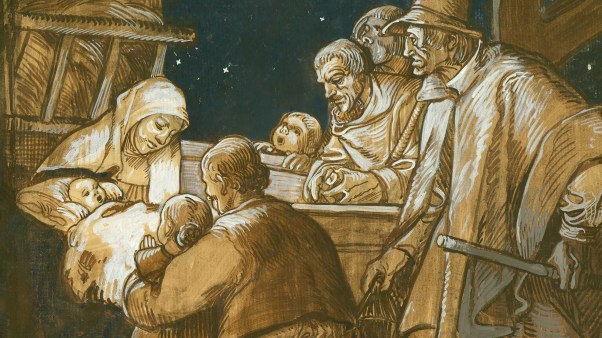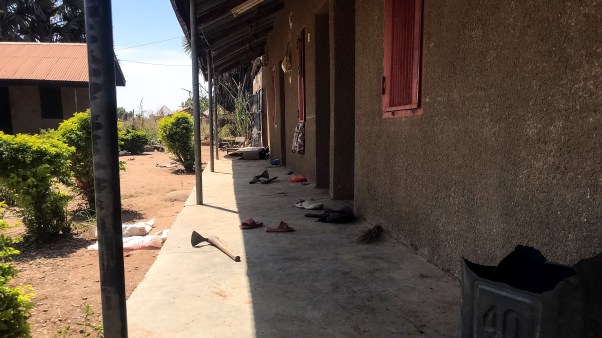Since the number of books about C. S. Lewis has risen to flood levels, we asked the experts in this issue to give us their recommendations for the best ones.
The unanimous choice for the “must-have” reference book on C. S. Lewis’s life and work is Walter Hooper’s C. S. Lewis: A Companion and Guide (HarperCollins, 1996). Hooper’s authoritative 940-page volume gives a thorough overview of Lewis’s life, major works, key ideas, and bibliography, as well as a helpful “Who’s Who” and “What’s What.”
In addition to the numerous collections of Lewis’s writings that Walter Hooper has already edited, he has spent several decades collecting and editing Lewis’s letters, culminating in the definitive three-volume Collected Letters published by HarperCollins (2004, 2005). While you’re perusing Lewis’s extensive correspondence, don’t forget his Letters to Children, edited by Lyle W. Dorsett and Marjorie Lamp Mead (Simon & Schuster, 1995).
Jack: A Life of C. S. Lewis, written by Lewis’s former student and friend George Sayer (Crossway, 1988, 1994), is generally acknowledged to be the best overall biography. David C. Downing’s The Most Reluctant Convert (InterVarsity, 2002) illuminates Lewis’s intellectual journey to faith, Lyle W. Dorsett’s Seeking the Secret Place: The Spiritual Formation of C. S. Lewis (Brazos Press, 2004) traces Lewis’s spiritual development, and Alan Jacobs’s new biography, The Narnian: The Life and Imagination of C. S. Lewis (HarperCollins, 2005), explores his imaginative development.
Lewis’s stepson Douglas Gresham does a wonderful job of humanizing Lewis in his biography, Jack’s Life: The Life Story of C. S. Lewis (Broadman & Holman, 2005), a book that would be appropriate for younger readers as well. C. S. Lewis: Images of His World, the classic pictorial biography by Clyde S. Kilby and Douglas Gilbert (new edition by Eerdmans, 2005), is full of photographs of Lewis’s family, friends, and favorite haunts.
As Doris Myers says in her article “Reading over Lewis’s shoulder” on page 28, you can learn a lot about Lewis by following him through his favorite books. A top-notch group of scholars does just that in Reading the Classics with C. S. Lewis, edited by Thomas Martin (Baker, 2000).
Another fascinating way of getting to know Lewis is by reading the recollections of those who knew him. Two classic collections of these remembrances are C. S. Lewis at the Breakfast Table, edited by James T. Como (Macmillan, 1979) and Light on C. S. Lewis, edited by Jocelyn Gibb (Geoffrey Bles Ltd., 1965).
Humphrey Carpenter’s The Inklings (George Allen & Unwin, 1978) and Colin Duriez’s Tolkien and C. S. Lewis: the Gift of Friendship (Paulist Press, 2003) both provide insight into some of Lewis’s closest friendships.
As you explore the realms of Narnia, you can ask for no better guide than Paul Ford’s encyclopedic Companion to Narnia: A Complete Guide to the Magical World of C. S. Lewis’s The Chronicles of Narnia (HarperCollins, revised ed. 2005). For a general introduction to Lewis’s thought and fiction, Clyde S. Kilby’s pioneering work The Christian World of C. S. Lewis (Eerdmans, 1964) is still one of the best.
Here are a few other resources to add to your library:
David Downing, Into the Wardrobe: C. S. Lewis and the Narnia Chronicles (Jossey-Bass, 2005), Into the Region of Awe: Mysticism in C. S. Lewis (InterVarsity, 2005) and Planets in Peril: A Critical Study of C. S. Lewis’s Ransom Trilogy (Univ. of Mass., 1992).
Bruce Edwards, Not a Tame Lion: The Spiritual World of Narnia (Tyndale, 2005) and Further Up and Further In: Understanding C. S. Lewis’s The Lion, the Witch, and the Wardrobe (Broadman & Holman, 2005).
Wayne Martindale and Jerry Root, eds., The Quotable Lewis (Tyndale, 1990).
Doris Myers, C. S. Lewis in Context (Kent State Univ., 1994) and Bareface: A Guide to C. S. Lewis’s Last Novel (Univ. of Missouri, 2004).
Leland Ryken and Marjorie Lamp Mead, A Reader’s Guide through the Wardrobe: Exploring C.S. Lewis’s Classic Story (InterVarsity, 2005).
Peter J. Schakel, The Way into Narnia (Eerdmans, 2005) and Word and Story in C. S. Lewis, edited with Charles A. Huttar (Univ. of Missouri, 1991).
Jeffrey D. Schultz and John West, Jr., The C. S. Lewis Readers Encyclopedia (Zondervan, 1998).
More bibliographic recommendations, as well as information on Lewis and related writers, can be found at Bruce Edwards’s “C. S. Lewis & The Inklings Resource Site” (http://personal.bgsu.edu/~edwards/lewis.html). Another very popular website, full of photos, biographical information, articles, news, and forums, is “Into the Wardrobe” (cslewis.drzeus.net).
Finally, no list of C. S. Lewis resources is complete with mentioning the ultimate resource for any serious researcher: the Marion E. Wade Center at Wheaton College in Wheaton, Illinois, which houses a vast collection of books, periodicals, photographs, letters, first editions, dissertations, and memorabilia. Besides, where else can you stick your head inside the wardrobe itself?
Copyright © 2005 by the author or Christianity Today/Christian History & Biography magazine.Click here for reprint information on Christian History & Biography.










